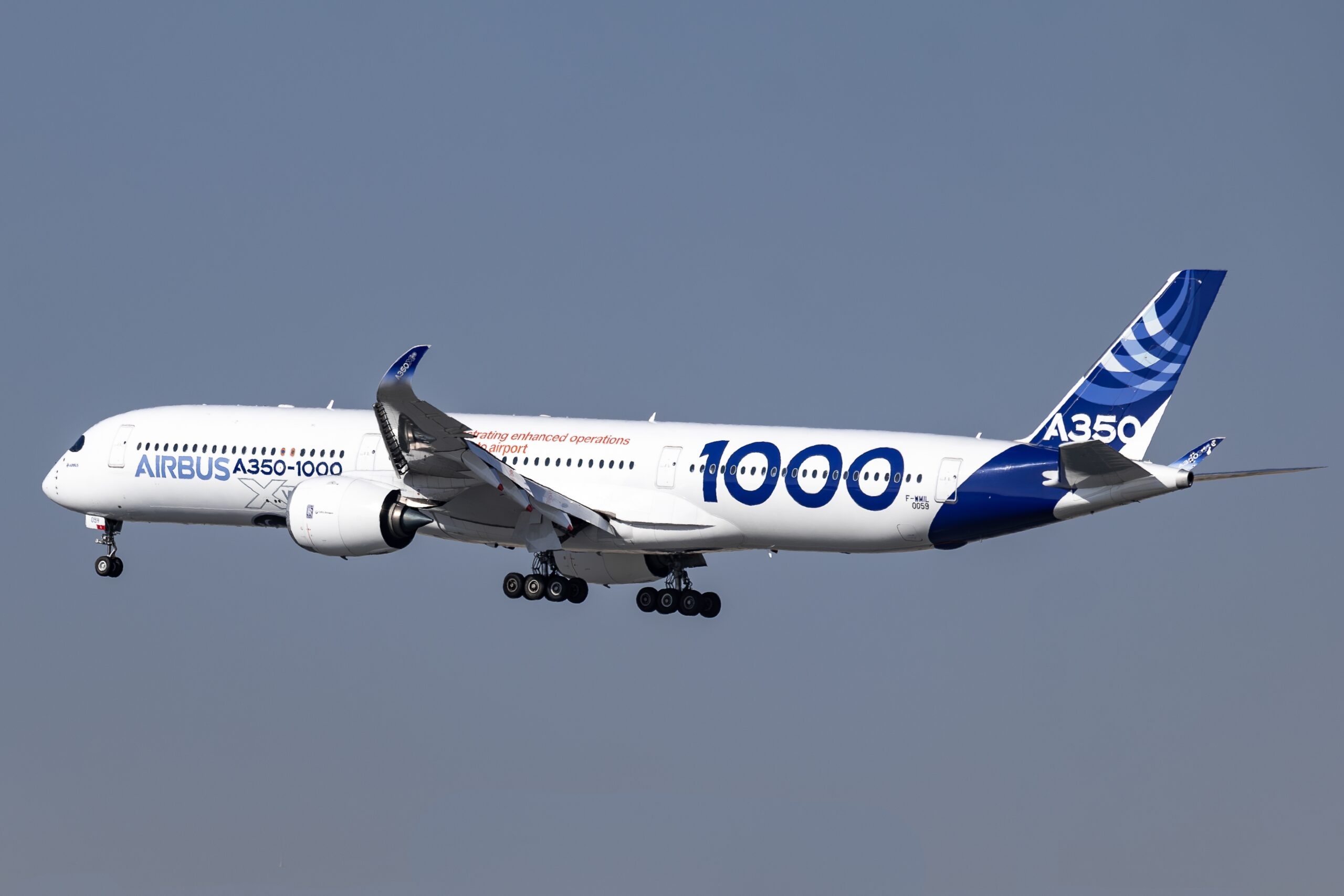When we discuss high-performance aircraft, we are referring to machines designed to exceed standard capabilities in speed, agility, efficiency, and altitude. These aircraft, often marvels of modern engineering, are optimized through advanced aerodynamics, powerful engines, and state-of-the-art technology to meet specific performance criteria. This article explores the key factors that contribute to making an aircraft ‘high performance.’
**Aerodynamics**
Aircraft performance heavily relies on aerodynamics—the study of how air interacts with solid objects. High-performance aircraft typically feature streamlined designs that reduce drag and allow for smoother and faster flight. Design elements like swept wings, winglets, and contoured fuselage play a critical role. These features help in reducing air resistance and managing airflow around the aircraft, which is crucial at high speeds.
**Powerful Engines**
At the heart of high-performance aircraft are their powerful engines. These engines are capable of producing significant thrust to achieve and maintain high speeds. For instance, jet engines in military fighters or commercial jets are designed for speed and altitude, pushing the aircraft to perform beyond typical flight envelopes. The materials used in these engines must withstand extremely high temperatures and pressures, which speaks to the innovations in materials science that enable such high levels of performance.
**Advanced Materials**
High-performance aircraft often utilize materials that provide strength and durability while remaining lightweight. Carbon fiber composites, titanium, and advanced aluminum alloys are common. These materials help reduce the overall weight of the aircraft, allowing for higher speeds and greater fuel efficiency. Additionally, they are capable of withstanding the stresses involved in high-speed maneuvers and extreme conditions encountered at high altitudes.
**Avionics and Systems**
Modern avionics play a vital role in the performance of high-end aircraft. These sophisticated systems include navigation, weather radar, and communications systems that are essential for handling complex flight operations. Additionally, high-performance aircraft are equipped with advanced flight control systems that enhance their agility and responsiveness. Fly-by-wire systems, where electronic systems replace manual flight controls, allow for precise handling that is critical at high speeds and in complex maneuvers.
**Fuel Efficiency**
While power and speed are critical, high-performance also means efficient fuel use. Innovations in engine design and aerodynamics contribute to better fuel efficiency, which is crucial for long-range flights and reducing operational costs. Technologies like wingtip devices that reduce vortex drag also improve fuel economy, making high-performance aircraft not only faster but also more economical to operate.
**Safety Features**
High performance does not come at the expense of safety. These aircraft incorporate advanced safety features, including enhanced structural integrity, redundant systems in case of failure, and sophisticated onboard diagnostics. These features ensure that even at the limits of performance, safety is never compromised.
**Versatility and Capability**
Finally, high-performance aircraft are often designed with versatility in mind. Whether it’s a military jet capable of multiple combat roles or a commercial airliner that can land on shorter runways, the ability to perform various functions efficiently and effectively is a hallmark of high performance.
In conclusion, a high-performance aircraft represents the pinnacle of aerospace engineering, combining speed, efficiency, and versatility. From the materials used in their construction to the technology that powers their systems, every aspect of these aircraft is designed to push the boundaries of what is possible in aviation. As technology advances, the definition of high performance continues to evolve, promising even more impressive feats in the future of aerospace technology.






